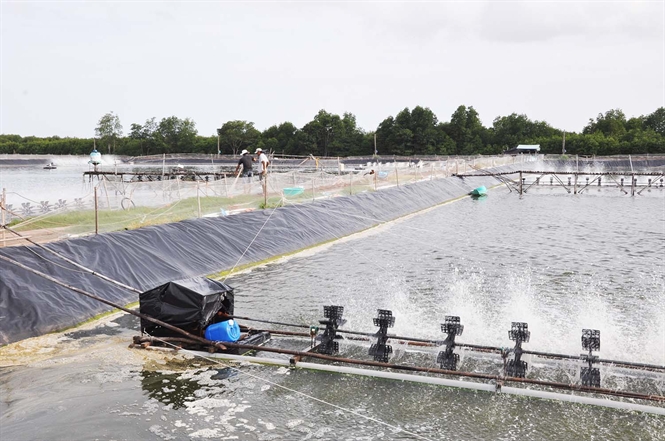
A healthy aquaculture environment is a living, breathing ecosystem that relies heavily on heterotrophic bacteria to remove wastes and optimize feed conversion ratios.
In order to maintain a healthy aquaculture environment, heterotrophic bacteria need to be encouraged to thrive through means both natural and artificial.
What are heterotrophic bacteria?
Heterotrophic is the term given to describe bacteria that derive nutrition from sources that are primarily organic. Heterotrophic bacteria include both probiotic and pathogenic bacteria types. Probiotic and pathogenic bacteria both naturally occur in agriculture environments. As their primary source of nutrition is organic compounds, heterotrophic bacteria are exceptionally useful in breaking down organic wastes produced by fish.
Heterotrophic bacteria rely on two nutrients to thrive, Nitrogen and carbon. As anyone in the aquaculture industry knows, Nitrogen is in abundance in a pond environment. Fish wastes are extremely rich in Nitrogen, which, when in excess can lead to dangerous water chemistry problems.
With Nitrogen in abundance, growth of heterotrophic bacteria is limited by the amount of carbon that is available to consume. The goal of optimizing carbon:Nitrogen ratios (CN Ratio) is to increase the level of carbon to an appropriate ratio to allow heterotrophic bacteria to thrive. If this is achieved, then the bacteria will be able to break down the Nitrogen-rich fish wastes and reduce the ammonia content in the water.
Encouraging Growth of Heterotrophic Bacteria
The simplest way to promote the growth of heterotrophic bacteria is through the augmentation of the water chemistry. It is necessary to boost the amount of carbon that is available for heterotrophic bacteria to consume. This requires a two pronged approach. A significant amount of additional carbon needs to be introduced into the water table. By then altering that carbon into forms that are more readily assimilated by the bacteria, the effectiveness can be increased.
One of the cheapest most effective means of introducing carbon to the water column is by adding molasses. Molasses is a wonder additive for aquaculture because it is largely carbohydrate in nature, contains a great deal of carbon and does not contain Nitrogen. Adding molasses to the water will boost carbon levels quickly and more importantly increase the carbon side in the ratio of Nitrogen to carbon.
According to Dan Willet and Catriona Morrison in the article, Using molasses to control inorganic nitrogen and pH in aquaculture ponds:
DPI&F trials have looked to establish an appropriate dose rate of molasses to ensure thorough removal of ammonia. Daily in-the-field testing of ammonia is standard practice so trials looked at molasses dosing based solely on TAN concentration (32 g molasses/g TAN in the pond), plus doses based on double that amount to account for the extra 'unmeasured' bio-available Nitrogen present (64 g/g TAN).
The claimed improvement at the test site was within six hours, 65% of the TAN was removed from the water table with the lower dose of molasses. The reaction could not reach its conclusion as the entire dosage of molasses was consumed. The larger dose eliminated almost all of the TAN in the aquaculture pond.
The process of bacterial reproduction and consumption of Nitrogen and carbon is aerobic. In order to achieve the best results, the aquaculture pond will need to be aerated. Aeration will greatly improve the speed of reproduction and prevent any anaerobic activity which can have a negative impact on water quality.
Bacteria tend to flocculate around suspended particles and become part of the food cycle for aquatic life. Flocculated bacteria provide a rich source of protein for fish life and can reduce feeding requirements. If there is too much organic matter on the surface, however, one will need to periodically drain it in order to maintain water quality.
Certain enzymes can be introduced in addition to the molasses that will bond with the carbon and render it easier for the heterotrophic bacteria to consume. This has the effect of both increasing the speed of the reaction and allowing the reaction to take place more fully, with less wastage.
Source: Aquafind articles

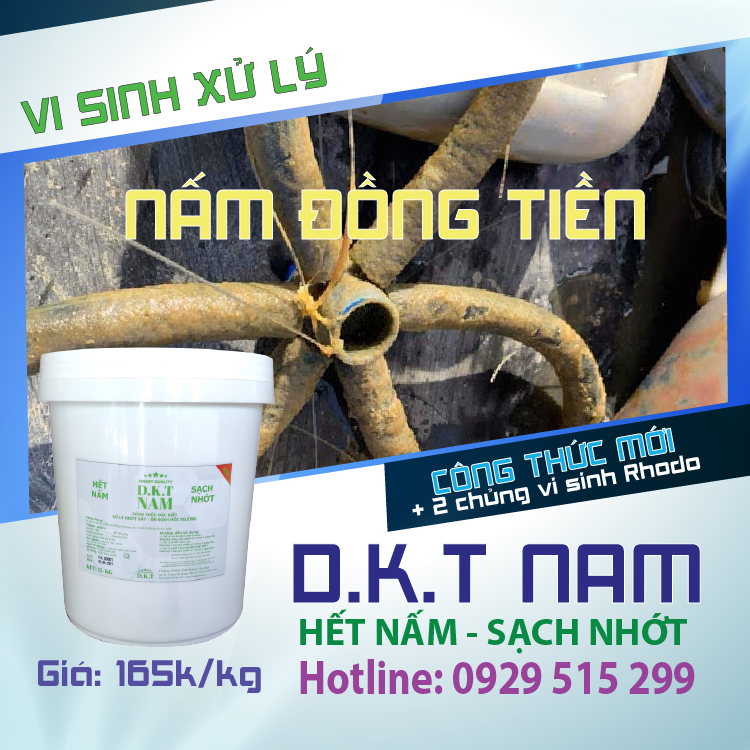

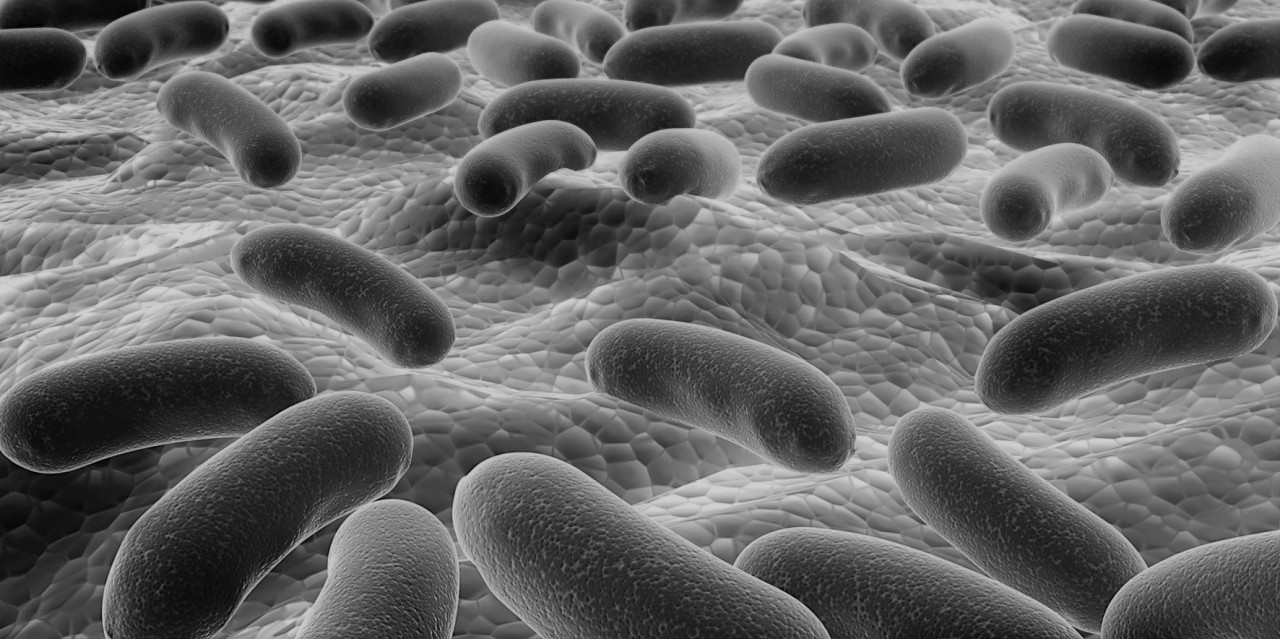
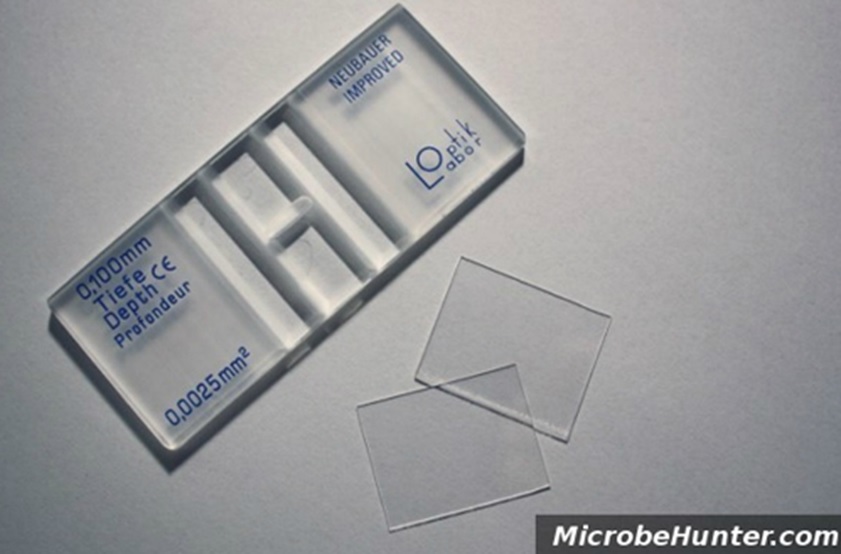
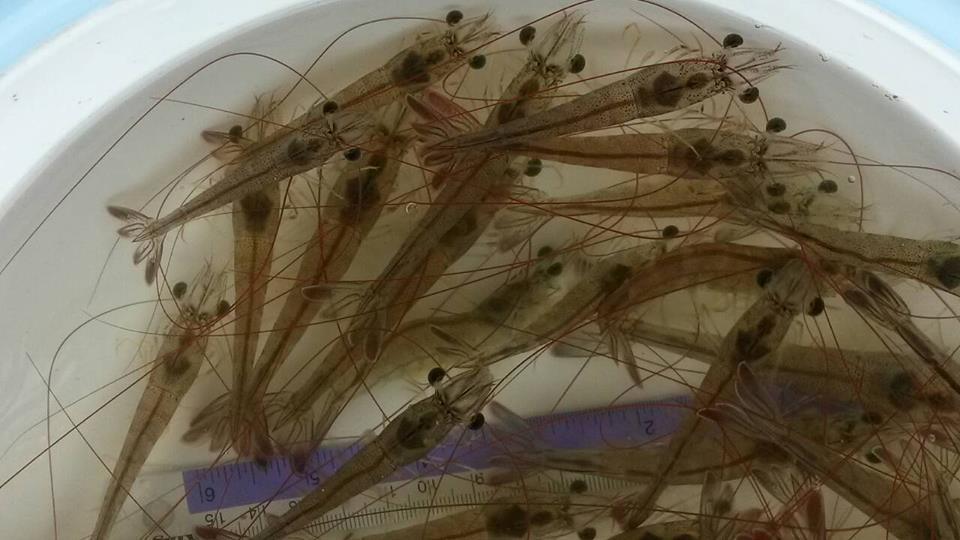
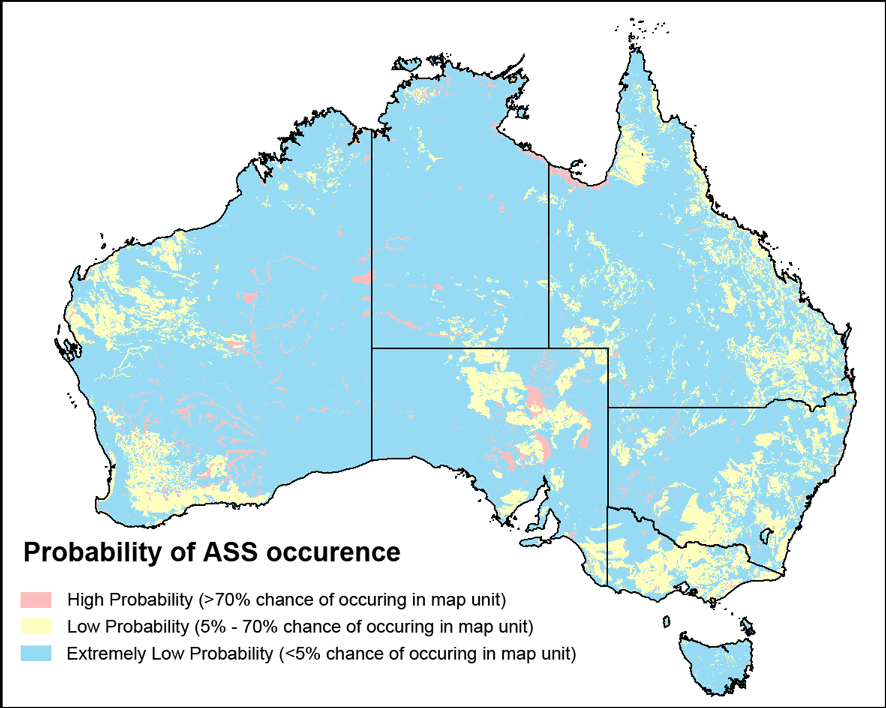
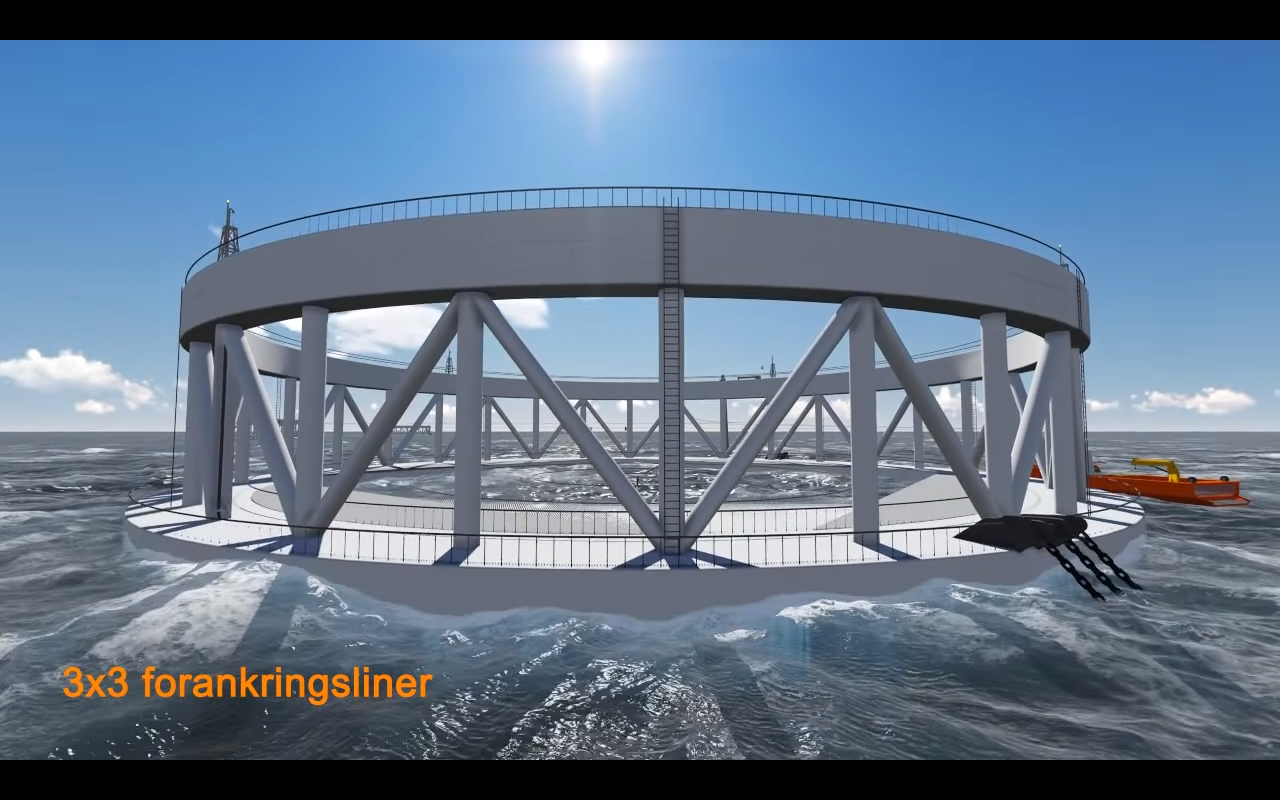

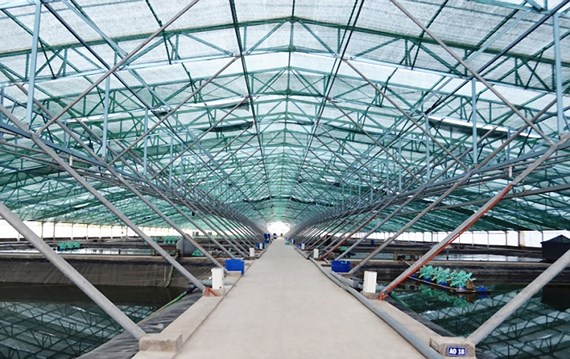

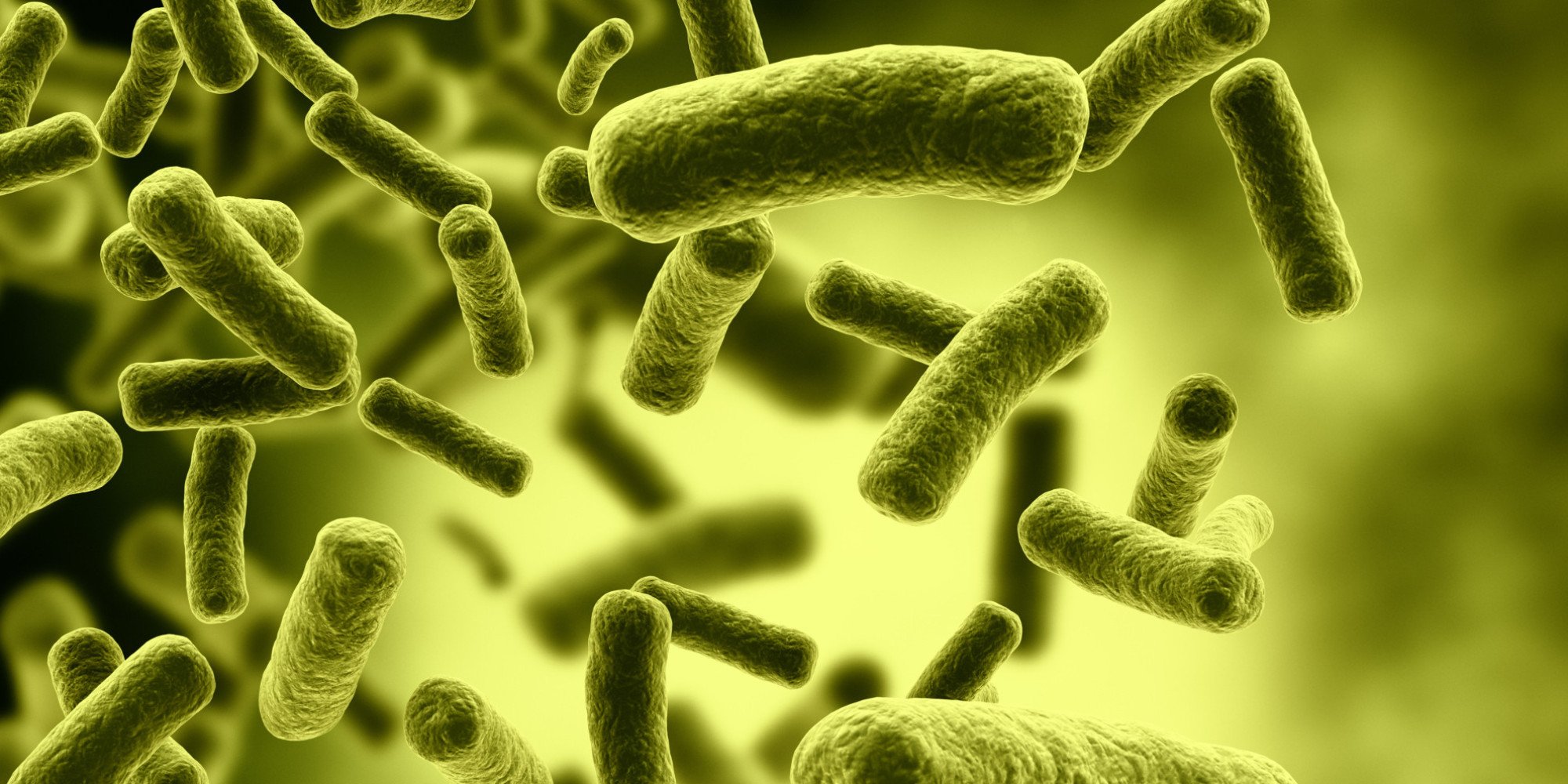
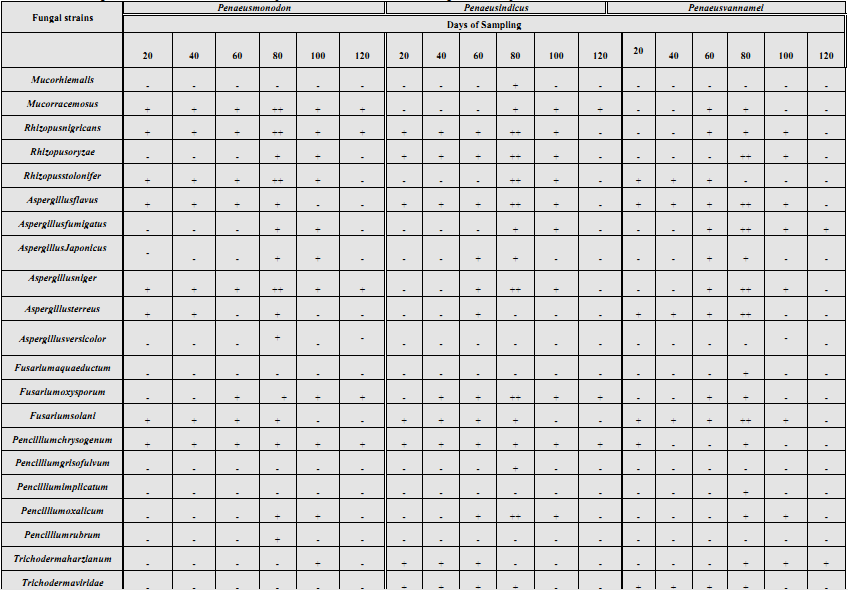
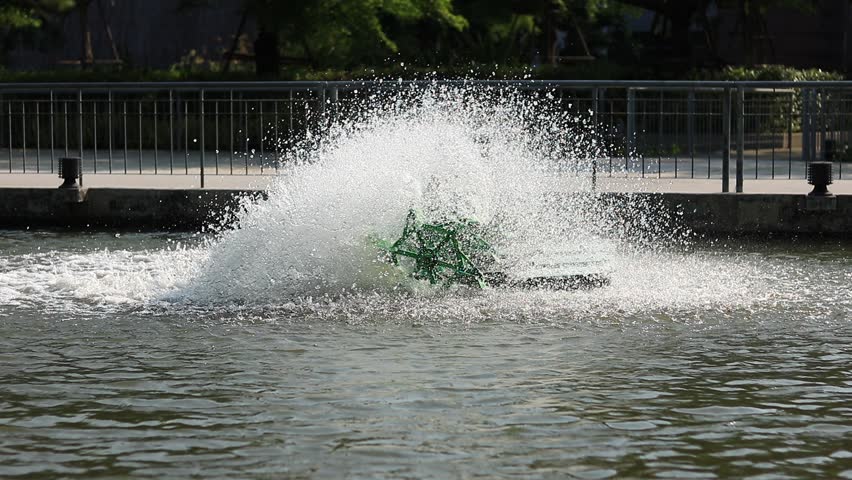
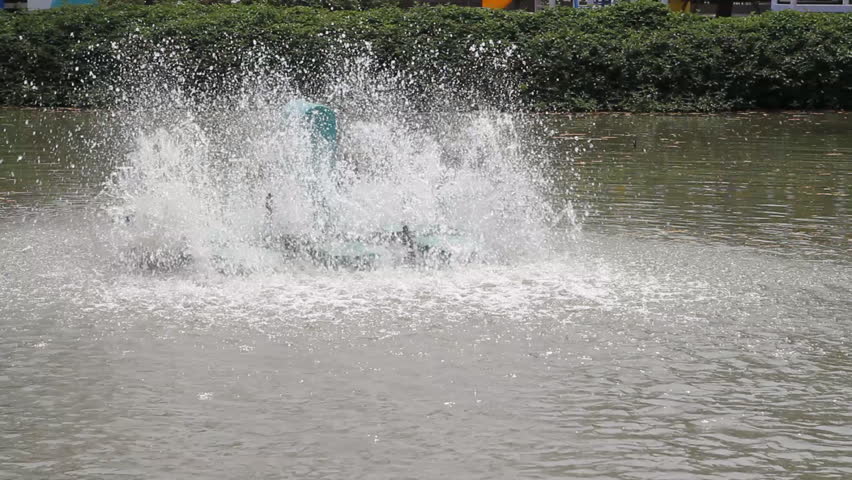
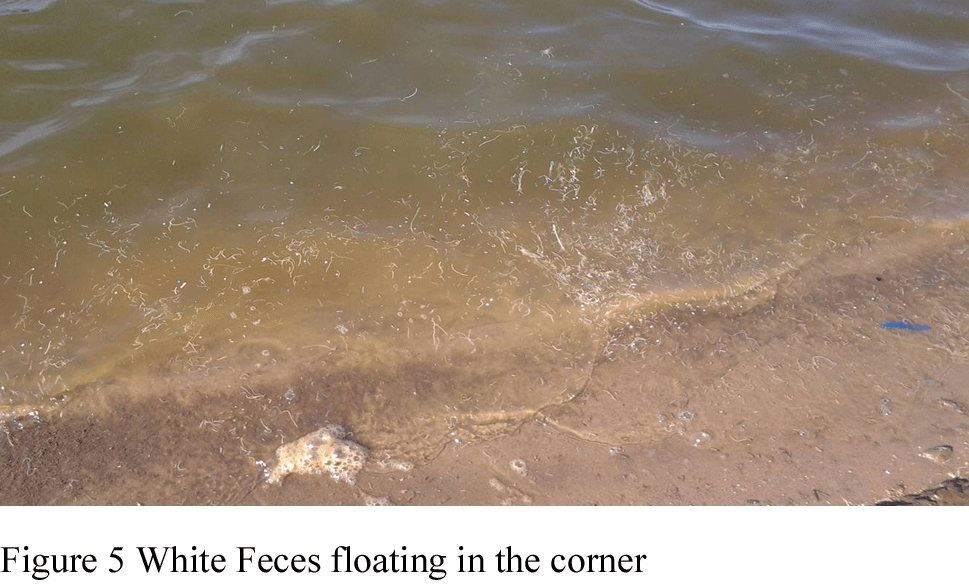
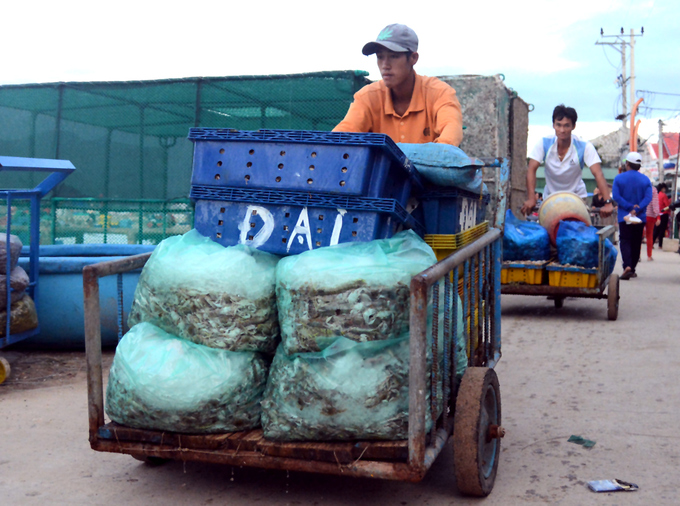

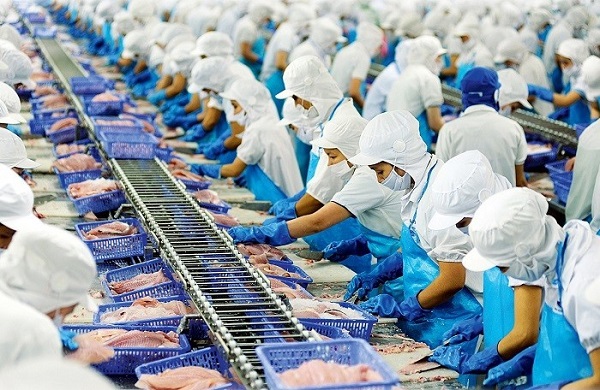


Bình luận bài viết